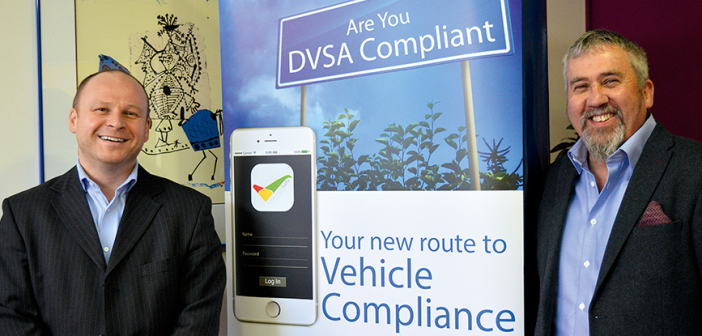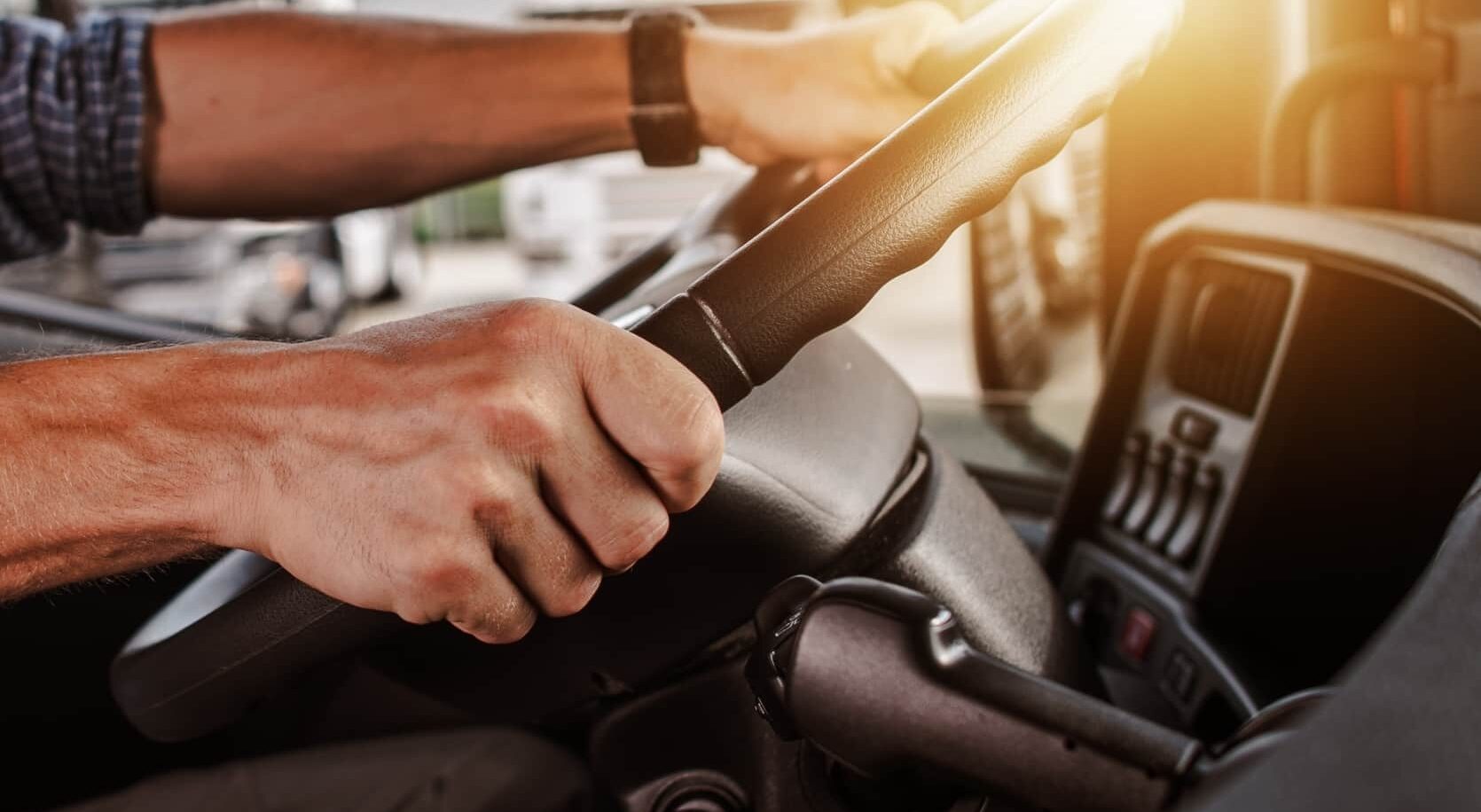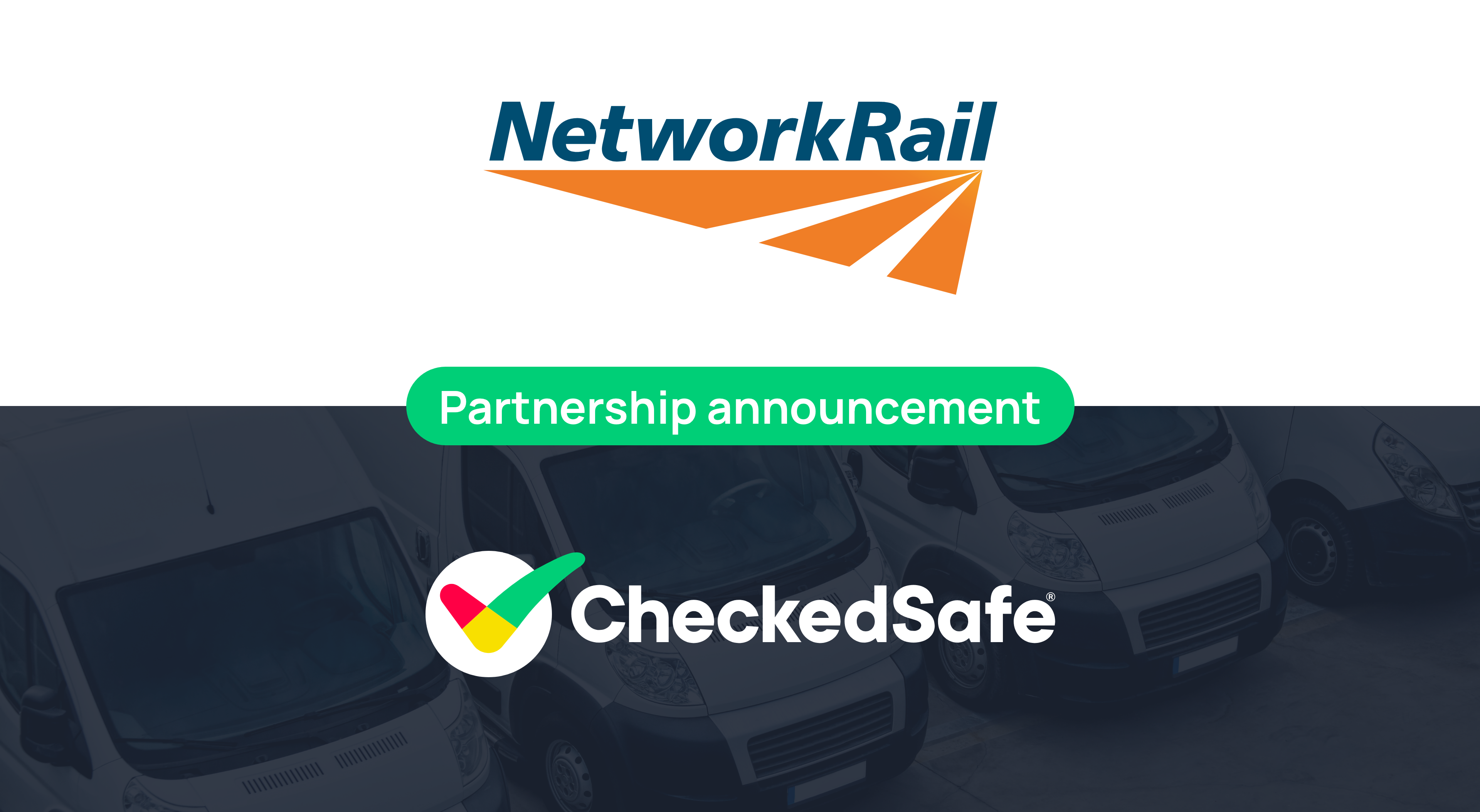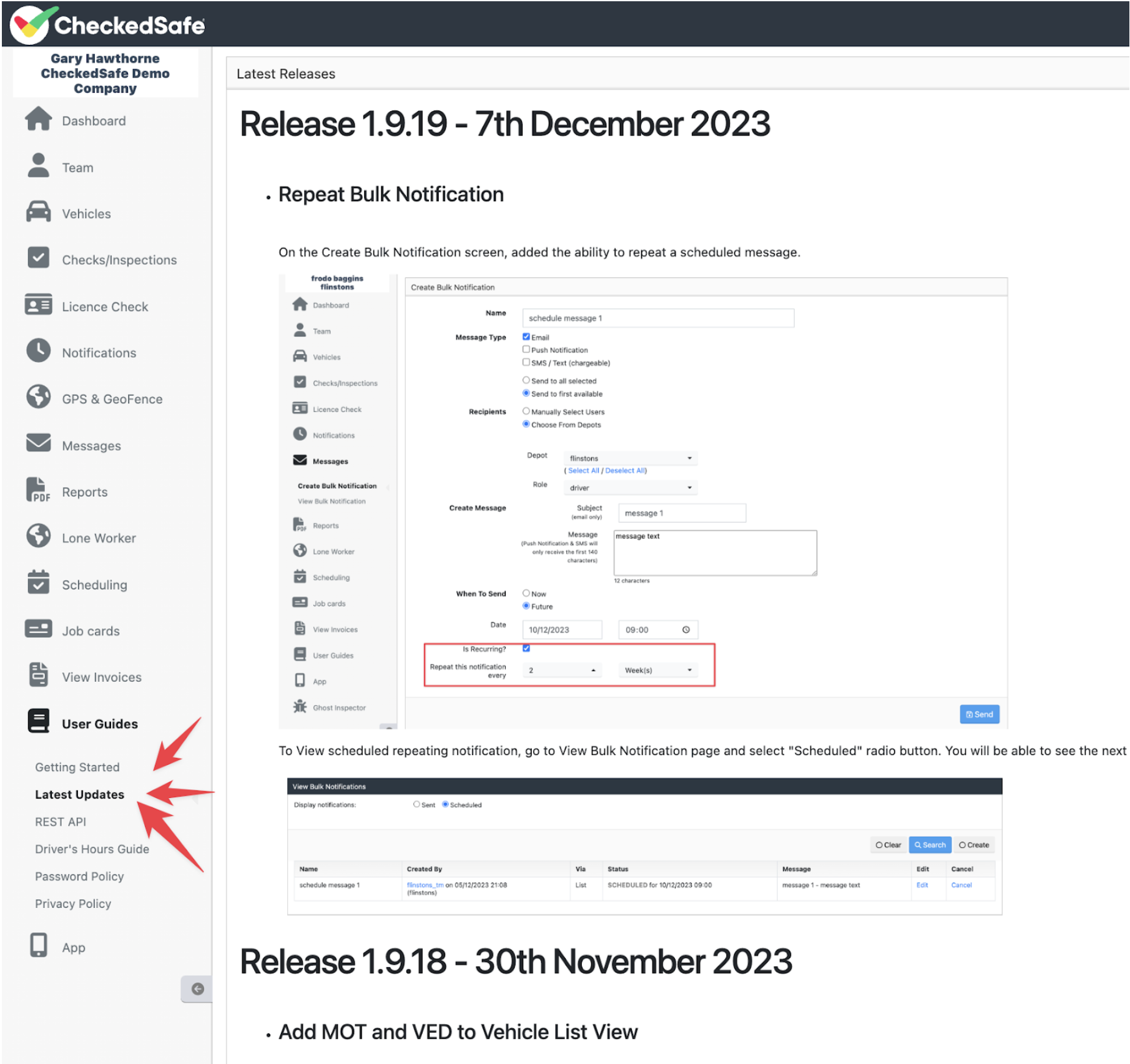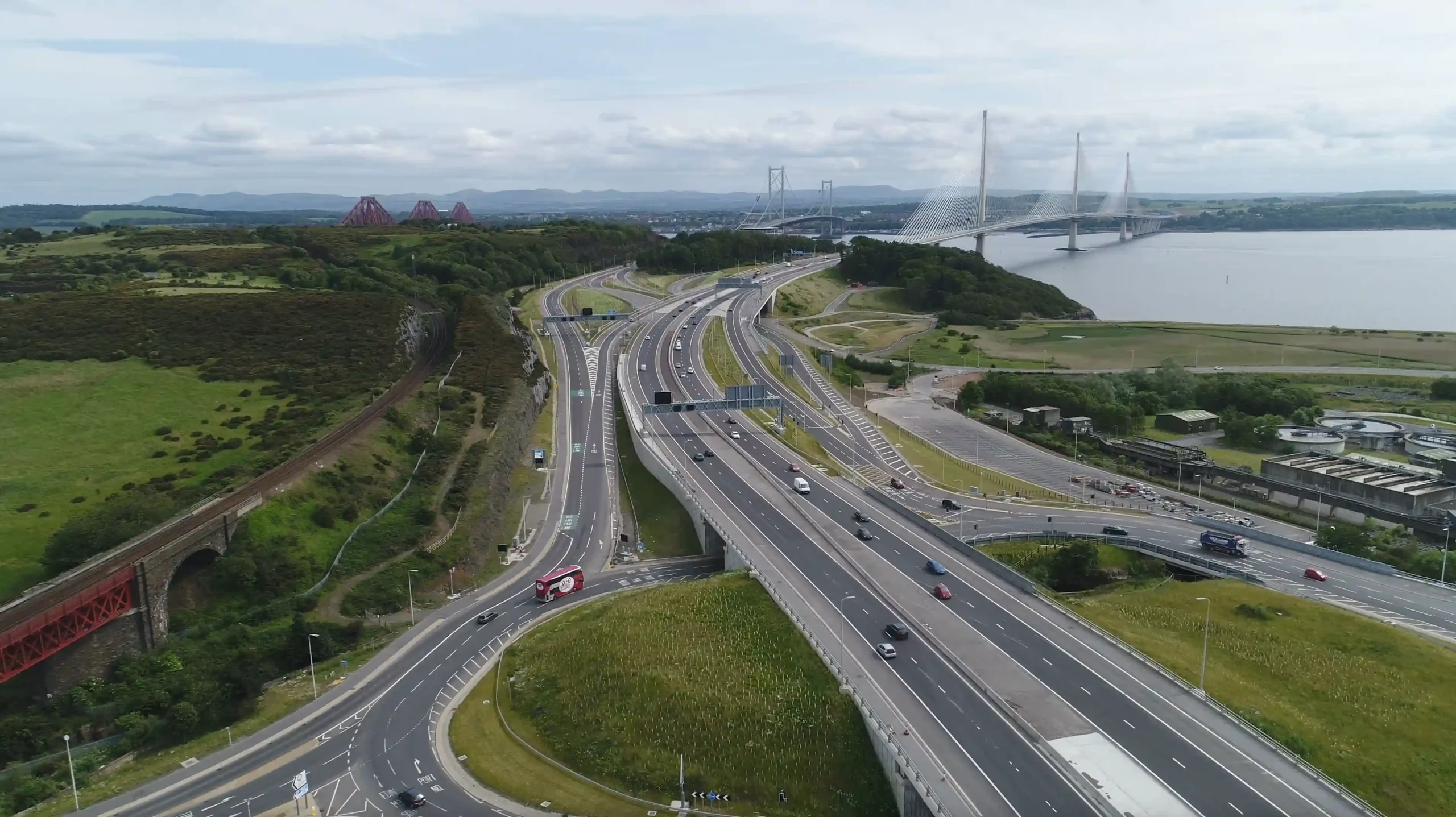The new app from CheckedSafe is making it very easy to make the switch to digital – and cheap too, as Jessamy Chapman reports.
When their job involves doing the same task day in, day out, even the most consummate professionals may find it tempting to skip doing what they know they must. Particularly if they feel that that task is only secondary to the job they’re really paid to do, and particularly if they’ve never had to see first-hand the consequences of doing it wrong. It can be a mighty problem for coach and bus operators. Drivers know they need to do the walk-round check, but when it’s pitch black and cold, and when no one’s watching… how do operators know that they’re doing it properly? Combined with the paper-based systems for first-use checks that many operators are still using, it can become a nightmare to regulate.
First step of compliance
There is a better way. Going digital may be a little daunting to those who are used to doing things on paper, but CheckedSafe has made it easy – and cheaper, too. The company, founded by solicitor Darran Harris and former bus operator Gary Hawthorne, has a growing suite of products based on one platform, an app that makes driver walk-round checks easy – and almost impossible to cheat. Darran clarifies: “It is possible to cheat the system – but it’s so much effort, it’s easier just to do the check.” The pair met when Darran processed the sale of Gary’s bus business, Maytree Travel. When Gary was later working as a transport consultant, one of his clients was called to a Public Inquiry, and Gary approached Darran for his expertise in the legal side of things. The principal issue was walk-round checks: “They weren’t doing it properly and were in danger of losing their licence,” says Darran. “The Transport Manager was unable to get a grip on it,” adds Gary. “And we realised it’s an age-old problem for operators – drivers will do anything but do it properly. “Operators are into all sorts of technology – for ticketing, Wi-Fi, CCTV – but not walk-round checks. “But it’s called a ‘first use’ check – it’s literally the first step of compliance, and on paper, no one knows if it’s being done properly.” One of the first things Darran and Gary did was work out how much it costs an operator to do their walk-round checks on paper. “With filing and storing we worked it out to be, for each vehicle, about £1.50-£2 a week,” says Darran. So to make moving into digital even easier, the CheckedSafe walk-round check app costs £1 per vehicle per week, regardless of how many drivers use it. “Not doing walk-round checks isn’t an option,” says Darran. “People can’t really say ‘it’d be nice, but I can’t afford it’. You have to do it, but with the app it’s easier and cheaper – how can you say no to that?” Darran and Gary are keen to stress that this is the way things are going, and it’s not worth putting it off. “The DVSA is moving into the digital age, not just with O-Licence applications, but all sorts of areas of compliance,” says Gary. “The planned Earned Recognition Scheme will allow the DfT to target non-compliant operators and leave the good guys alone. If you can demonstrate compliance online, it’s easier to achieve.”
Simple and intuitive
The app is very easy to use. “It’s got a very functional look,” says Darran. “When it’s an app designed for work purposes, it needs to be something everyone can use, including people of all ages and intellectual abilities. A driver won’t hesitate to claim that they can’t use it, and abandon it.” It also needs to be intuitive, and replicate the paper check. “The app’s simplicity has been a big selling point,” says Gary. “The customers we talk to are usually the people who have the money. “It’s when the drivers trial it and say ‘I like it, it’s easy’ that we’ve won the customer.” The app is simple: The driver opens it on their phone and goes through a series of ‘pass/fail’ checkboxes one by one – or in some cases, such as fleets with seatbelted vehicles, pass/fail/NA. All the boxes must be ticked before the driver is able to submit it to the operator. If ‘fail’ is ticked, the driver must give a reason why. So there’s no way anything can be missed, accidentally or otherwise. Cleverly, the app also measures the time elapsed between each check points, and on a compass which way the driver was facing for each check point – presenting a picture of the driver walking around the vehicle. This way, the operator knows that the driver hasn’t quickly ticked all the boxes without actually checking. It’s been very carefully thought out, and designed to utilise smartphones’ capabilities to their full effect. For example, the app has a button to turn on the phone torch – taking into account that a lot of walk-round checks are done before it’s light. For the same reason, the check consists of white text on a black background. “Drivers will use any reason not to use it,” Darran reiterates. Smartphones have cameras, presenting new opportunities for checking: If there’s a defect, drivers have the option of taking a photo and submitting it with the report, meaning engineers can assure the driver that the vehicle is still fit for service, or alternatively work faster to get it repaired. And there’s also an option for operators to specify ‘selfies’ with each report – allowing them to check that the driver is correctly uniformed, or even that they are who they say they are.
Saving office time
Once the report is submitted, the Transport Manager (or whoever is selected) only gets an email alert if a defect has been reported. If it’s a straight pass, the check goes directly onto the system. “One of the big things about these checks is how immediate they are,” says Gary. “With paper checks, if you’ve got five depots and two TMs, the TM might not even see some of the checks until the end of the week. A driver could be reporting a fault every day, and they wouldn’t know.” There’s also the huge benefit of saved time. “Transport companies often have someone employed whose job it is to work through all the defect cards and input them into a system,” says Darran. “Our system saves time, so that those staff can be redeployed to something more useful.” He mentions also that while paper records have to be kept for 15 months, with CheckedSafe they can be saved “forever”, and are all timestamped with the names of those who performed each check and signed them off. They’re clear and accurate, and there’s no need to worry about human error being introduced by handwriting. “If the Traffic Examiner asks to see defects, you can pull it up on the screen – from June-October 2015, for example – and just click, print, done.”
Everything’s a pound
Not everyone has a smartphone. Darran and Gary have found a solution to that, too; they have partnered with a fleet contract specialist that offers mobile phone contracts for as little as £3 a month. “We’re trying to make it as easy as possible for people to comply, and make sure they do it,” says Darran. “Our competitors will often charge for their systems per user – but we do it per vehicle.” The app is available with other useful checks, including in-service checking and accident reporting, effectively an ‘electronic bump card’. It captures data immediately post-accident and sends it directly to the operator. New on the same software is a lone worker app, which is ideal for drivers who might feel vulnerable – for example, on night buses. It tracks them via GPS and requires them to ‘check in’ regularly, and automatically alerts the office if they do not check in. The lone worker app also costs just £1 per vehicle per week. CheckedSafe offers a cost-effective and very simple way to go digital – and Gary and Darran report massive interest from operators. Many clients don’t even get to the end of their free 30-day trial before signing up, and the app is shortlisted for Best New Product at the Fleet Awards 2016. “It helps the driver, it helps the operator, it helps the Traffic Examiners – and it’s cheaper,” says Gary. “It’s a winner all round.”
